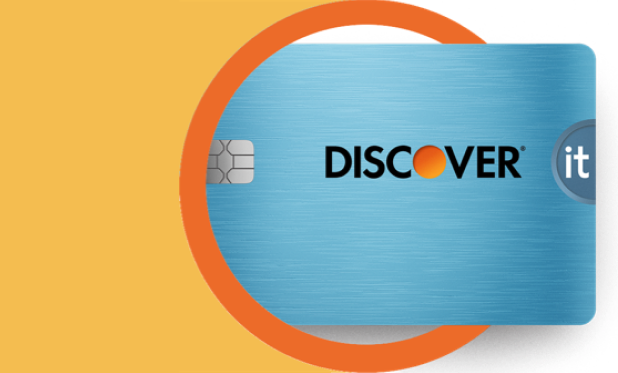A balance transfer is when you move an unpaid balance from one lender to another. Typically, you transfer debt from an account with a high interest rate to one with a lower rate, so you can save on interest and get debt under control. One example involves transferring debt from one or more credit cards to a card with a lower interest rate offer.

What Is a 0% Interest Balance Transfer Credit Card?
7 min read
Last Updated: January 28, 2025
Next steps

See if you're pre-approved

View all Discover credit cards
See rates, rewards and other info
You may also be interested in
Was this article helpful?
Was this article helpful?


